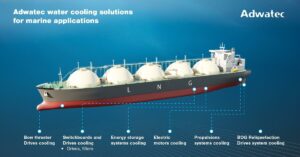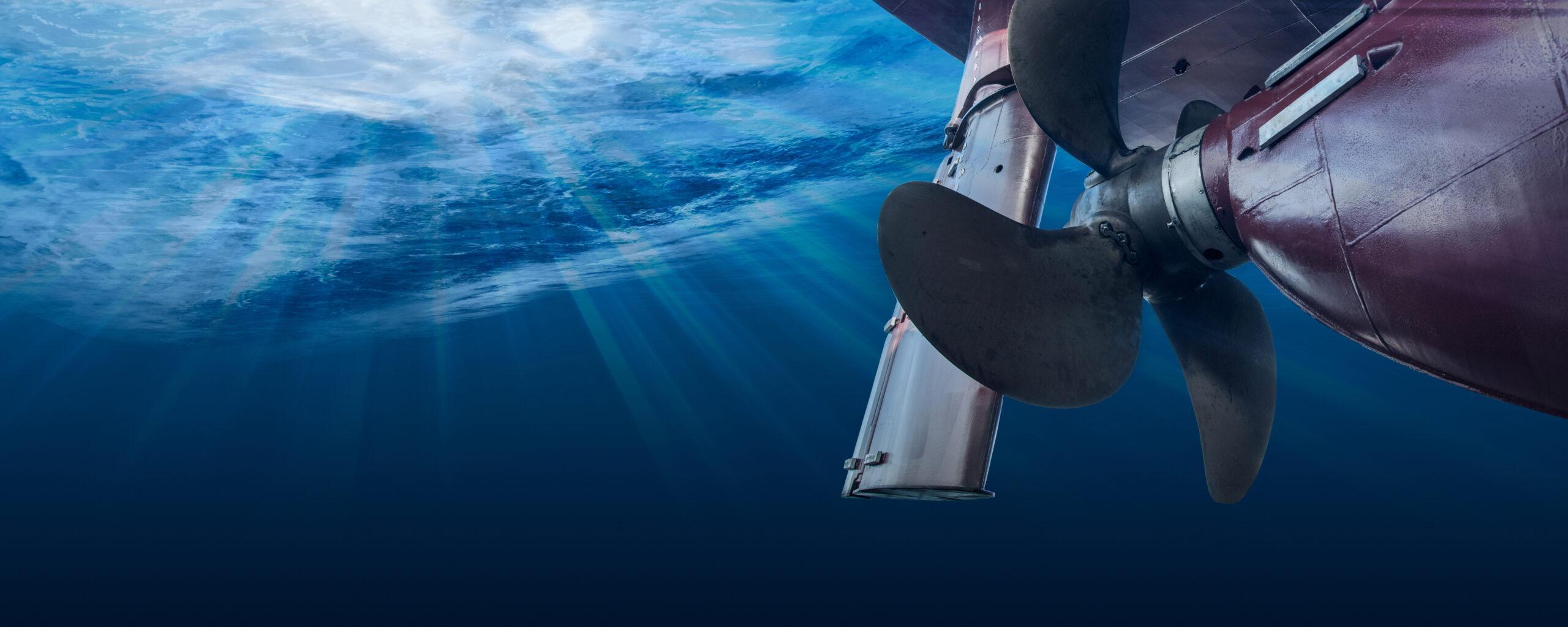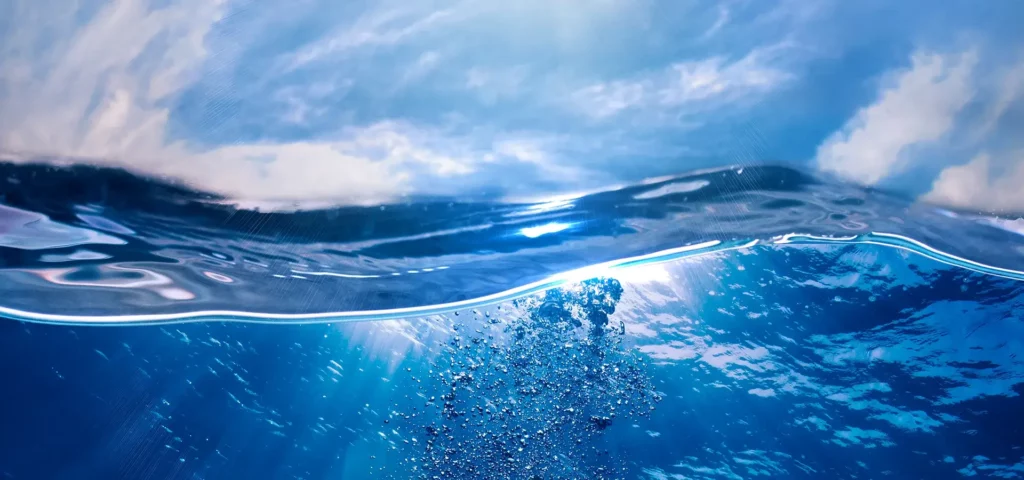The maritime industry’s journey towards sustainability is part of Europe’s ambitious environmental goals, underlined by the European Green Deal, which aims to make Europe the first carbon-neutral continent by 2050. While the use of green fuels such as methanol, ammonia or hydrogen is crucial, the shift towards electrification is also emerging as a cornerstone of the maritime strategy.
This transition brings new challenges in the thermal management of electrically powered equipment, as electricity means heat and heat needs to be removed. Cooling solutions are therefore an integral part of the electrification of the European maritime fleet to maintain optimal operating temperatures for electrical equipment, prevent overheating and ensure the reliability and longevity of these systems. And this is exactly what Adwatec, a leading Finnish company in the field of water cooling systems, has been supporting with its systems already installed on more than 600 ships worldwide.

Cooling solutions are an integral part of the electrification of the European maritime fleet to maintain optimal operating temperatures for electrical equipment, prevent overheating and ensure the reliability and longevity of these systems.
When it comes to the electrification of shipping, hybrid propulsion—the combination of traditional internal combustion engines with electric motors and energy storage systems such as batteries—has attracted the most attention. This type of propulsion allows ships to switch between or combine power sources, optimising fuel efficiency and reducing emissions. In this article, however, I will look at the electrification of ships for purposes other than propulsion, as the latter has received most of the attention, while the massive use of electricity by many of the other machines and equipment on board a ship has not been sufficiently covered.

The present for most ships
Before the widespread use of electric generators, the ship’s equipment was either hydraulic, mechanical or pneumatic and was driven directly by the ship’s engines (or manually) in various ingenious ways that reflected the technological constraints of the time. Hydraulic systems transmit power through the flow of a fluid under pressure, typically oil; mechanical systems through physical components such as gears, belts, chains, levers and cams; and pneumatic systems through the use of compressed air.
Nowadays, most electrically powered systems are still powered by the ship’s engines, but indirectly. The main or auxiliary engines would drive generators that convert mechanical energy into electrical energy. This electricity would power various systems, offering improved control, efficiency and flexibility.
Most electrically powered systems are still powered by the ship’s engines, but indirectly. The main or auxiliary engines would drive generators that convert mechanical energy into electrical energy. This electricity would power various systems, offering improved control, efficiency and flexibility.
However, although the systems are now electrically powered, they may still perform mechanical, hydraulic or pneumatic work. For example, a crane or davit that was operated directly by a mechanical linkage connected to a motor could now be operated by an electric motor. The primary action (lifting, pulling, turning) is still mechanical, but the source of power is electrical.
The transition from purely mechanical, hydraulic or pneumatic systems to those powered by electric motors has led to changes in the ‘skeleton’ of these systems, making some smaller, more streamlined or fundamentally different in their layout and components. For example, electric winches and cranes benefit from direct electric motor actuation, reducing the need for some of the bulkier mechanical gearboxes or hydraulic systems.
In short, the majority of electrically powered systems onboard ships still rely on generators driven by the main or auxiliary engines.
The future of shipping
Recent advances in battery technology, coupled with the drive to reduce emissions, have led to the adoption of batteries as either an auxiliary or primary power source in place of traditional generator systems driven by main or auxiliary engines. This trend is particularly evident in vessels equipped with hybrid or fully electric propulsion systems. The shift towards the use of battery packs marks a significant step in the shipping industry’s journey towards greater sustainability and energy efficiency.
Battery packs allow shipboard equipment to be powered by clean electricity, significantly reducing emissions compared to traditional diesel-powered systems. In addition, the precise control of electric motors allows the exact amount of power to be applied as needed, reducing unnecessary consumption.
The integration of battery packs into the electrification of marine machinery and equipment, such as winches, anchor winches, cranes and davits, heralds a transformative change in maritime operations with significant benefits and implications. Battery packs allow shipboard equipment to be powered by clean electricity, significantly reducing emissions compared to traditional diesel-powered systems. In addition, the precise control of electric motors allows the exact amount of power to be applied as needed, reducing unnecessary consumption. And over time, the reduced running costs, including lower fuel consumption and maintenance costs, can contribute to significant savings.
There is no electric future without cooling systems
In such a future, where not only hybrid propulsion but also electric motors powered by onboard battery packs will directly drive most of the ship’s equipment, the existence of cooling units is indisputable. This is because electric motors inevitably generate heat as they convert electrical energy into mechanical energy. Effective cooling is essential to prevent overheating, which can reduce performance, accelerate component wear and potentially lead to equipment failure.

Adwatec’s water cooling systems are supporting this ‘marathon’ to decarbonise the maritime industry, not only with solutions for the shore side, such as shore power equipment, but also with the enormous effort needed for the ship side of the ‘equation’. I highlight three aspects of Adwatec’s systems:
✔️More efficient: Water’s superior physical properties, particularly its specific heat capacity, allow it to transfer heat more efficiently. An efficient, high-flow water block outperforms any air cooler because one litre of water can remove approximately 3,000 times more energy from a system than one litre of air due to the air’s poor thermal conductivity.
Adwatec’s water cooling systems are supporting this ‘marathon’ to decarbonise the maritime industry, not only with solutions for the shore side, such as shore power equipment, but also with the enormous effort needed for the ship side of the ‘equation’.
✔️Less space: The higher heat capacity of water allows for the design of smaller, more compact water-cooled drives and systems that typically fit into a standard cabinet, as opposed to air-cooled systems that often require a dedicated air-handling room and extensive ductwork.
✔️Saves energy: Water cooling uses pumps to circulate the coolant and, because of the small volume of liquid required, uses less than 10% of the electrical energy required by air cooling systems, a difference that is particularly significant in battery systems where the cooling energy is drawn from the battery itself.
Pablo Rodas-Martini holds a PhD and an MSc from Queen Mary and Westfield College (renamed Queen Mary College), University of London.
Disclosure: Pablo Rodas-Martini is a Contributor to Adwatec.





